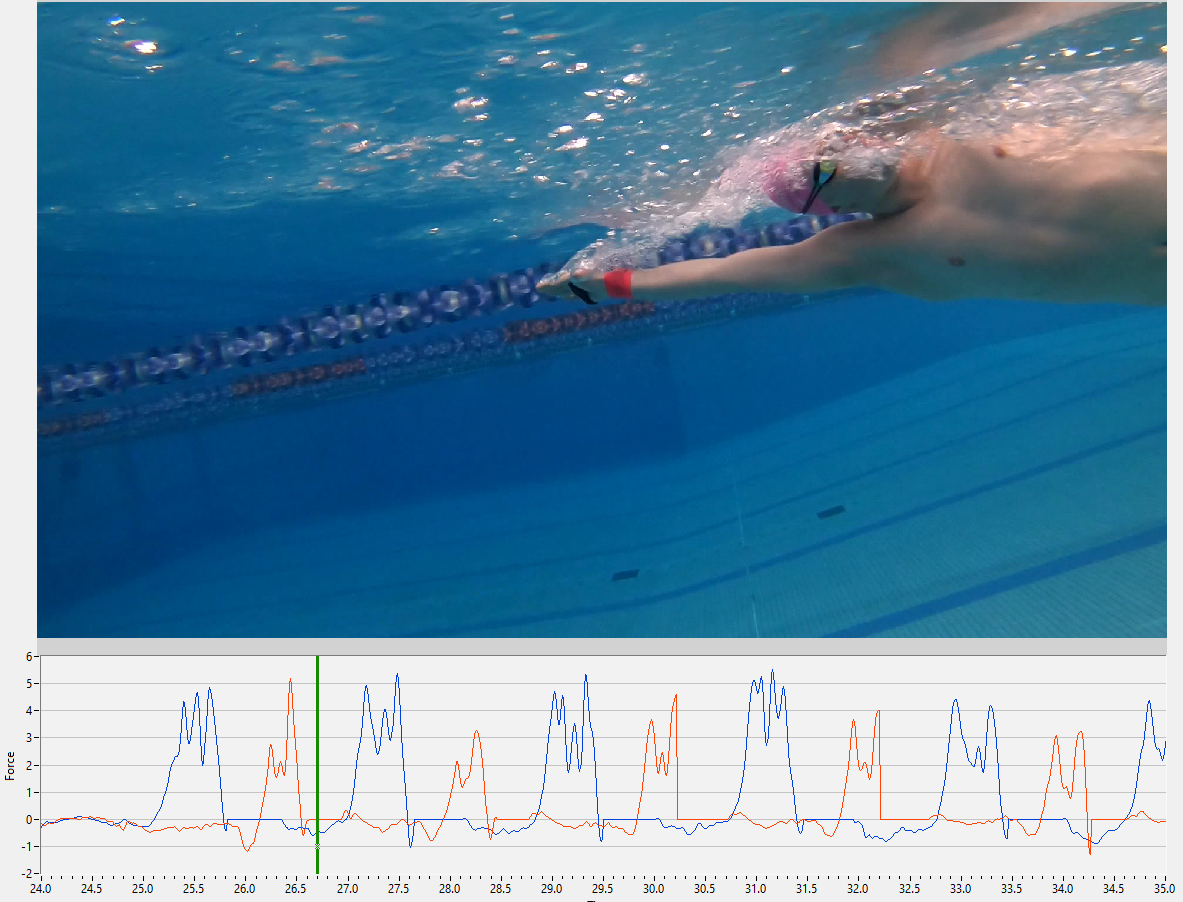
Science goes hand in hand with progress. Understanding and applying the science of skill acquisition to technique development can help you access the latent power within your body. While it may seem obvious that improving your technique is a most effective way to improve your performance, it is surprisingly often underutilised.
So, how does your sporting technique develop?
The control of your technique is a combination of feed-forward and feed-back neural activity. The brain provides the primary motor pattern and feed-forward command to the muscles, while feed-back error correction to refine and smooth things out comes from several areas including the ligaments around joints, muscles, and tendons. Your vision and vestibular (balance) system can also provide reference points and increase the “error correction” feed-back.
In all sports, the faster you execute an action the less time there is for feed-back, so you rely on the learned motor pattern to execute the action correctly. In training, once you have mastered the correct movement, you should gradually increase the speed of the movement to move from a feed-back to a feed-forward motor pattern. It’s all about forward-thinking, you see.
But sometimes to move forward, we have to take a step ‘back’.
Focussing on technique can require a reset on what leads your training. The quality of your movement pattern needs to become your focus instead of the intensity and duration of the session. From my experience, working on technical development when you’re fresh – at the start of your training week, or after rest days – is most effective. Use your warm-up to lay down the motor pattern for the session with a block of technique focused exercise.
When developing a motor pattern, break your session into small chunks so you can concentrate on the movement, and reset your focus regularly by having short breaks. For instance, if you’re swimming you could stop briefly after every couple of laps.
Sport skills are a sequence built on prior actions.
Poor execution of a skill can often be caused by a prior action rather than the execution itself. Even the best athletes focus on repeating the basic elements to refine their skills and make them automatic. One of the best coaches I have worked with explains it as how you learnt to write: “You learn your A, B, C’s before working on words and sentences.”
It’s a good way to think about the process for developing technique. You should spend time retraining and checking the basics to reinforce the required elements of more complex activities. A good way to do this is to reduce distractions e.g. when swimming, use a pull-buoy and/or snorkel so your attention is focussed solely on what your arms are doing.
Rehearsal, repetition, and positive reinforcement are key to refining technique.
You need to turn your attention inwards to what the action feels like – you should associate the feel of the technique with what works to improve your technical mastery. You might think a new technique feels wrong. It doesn’t. It just feels different. As it settles in you will notice it less as it becomes the dominant motor pattern.
External feedback, from your coach, equipment such as eo SwimBETTER, video etc will help you gauge your improvement and understand if the technique you’re feeling is contributing to improved performance potential.
Technical development takes time and patience. Spending a few hours each week focussed on optimising technique can pay big dividends in terms of performance improvements. Remember to use your warm-up to reinforce good technique and integrate technical development into all your training sessions.
Back
